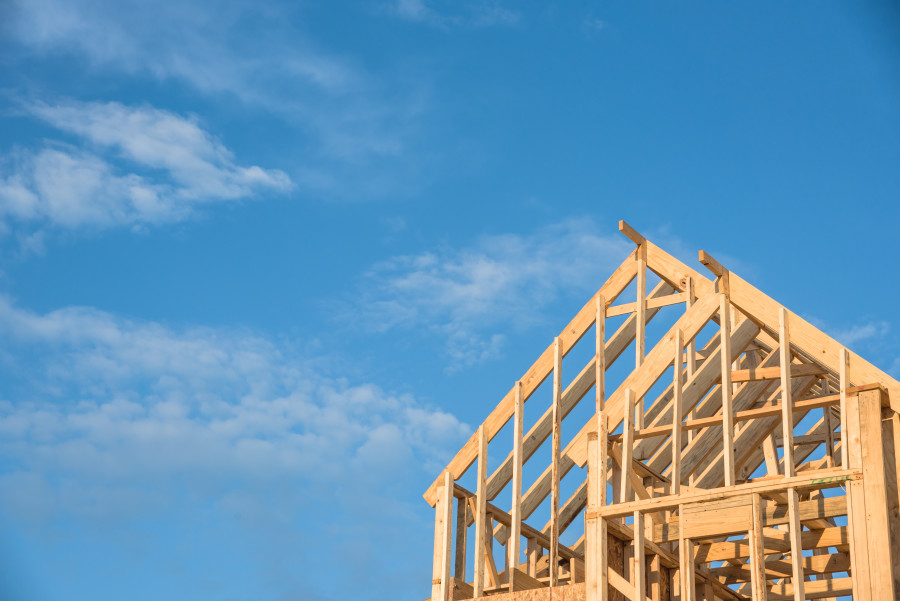Duncan v Bert Farina Constructions Pty Ltd [2024] SASC 67
The South Australian Court of Appeal has considered the interaction between South Australia's 10-year long stop period and a five-year limitation period for claims for breaches of statutory warranties owed in relation to domestic building work under the Building Work Contractors Act 1995 (SA) (BWCA). Consistent with the position in NSW, but in contrast to the Victorian approach, the Court has held that the 10-year period operates concurrently with other limitation periods and only as a "long stop" limitation provision.
Facts
The appellants (Owners) issued the proceedings against the respondent (Builder) on 13 July 2022, claiming damages for defective building work in the construction of their house in Morphettville. The owners' claim was for alleged breaches of statutory warranties under section 32(2) of the BWCA and also included a claim in negligence.
The builder asserted that the building works at the property reached practical completion on 10 December 2015, and that the owners' statutory warranties claim was therefore out of time.
The owners contended that, notwithstanding the five-year limitation period contained in the BWCA, the time limit for commencing proceedings for breach of the statutory warranties is 10 years from the date of completion, by reason of the 10-year long stop period under section 73 of the Development Act 1993 (SA) (DA).1
SA Court of Appeal decision
The Court found that s73 of the DA operates only as a "long stop" limitation provision. That is, it operates only to prohibit the commencement of a claim for damages for economic loss arising out of defective building work after 10 years have elapsed. It does not give permission for, or authorise, the commencement of such claims at any time up to the expiry of that period. Where a shorter time limit applies in respect of a claim (such as the five-year limitation period for statutory warranty claims under the BWCA), the two limitation periods can operate concurrently and a respondent may rely upon the shorter period as barring the applicant's claim.
As a result, the Court held that the owners' statutory warranties claim was out of time.
The Court was not required to determine whether the same findings would apply to claims in tort and contract. In obiter, the Court suggested that this issue could be arguable both ways, but the "better view" would be that the same findings apply; namely, that s73 of the DA does not operate to displace the six-year limitation periods for claims in tort and contract and operates only as a long stop limitation period where those claims would not otherwise be time-barred.
Position in other states
The Court noted that, despite the push to adopt a nationally consistent approach to the regulation of building work in the 1990s, there is no uniformity in the legislative provisions through which a 10-year limitation period for building work was introduced in all states and territories except for Queensland and Western Australia.
Some of these provisions (including in NSW and the ACT) make it plain that they are intended to operate merely as 'long stop' provisions. Others, such as in Victoria, are less clear and at least leave open a construction which would have them operating to the exclusion of shorter overlapping limitation periods, as was held to be the case in the Victorian Court of Appeal decision in Brirek Industries Pty Ltd v McKenzie Group Consulting (Vic) Pty Ltd (2015) 48 VR 550 (Brirek).
Brirek distinguished in SA
The owners relied on the Victorian Brirek decision, which had been applied in two other South Australian District Court decisions. The Court considered the Brirek decision in detail and determined that it was distinguishable by reason of critical differences in the relevant legislation in Victoria, including the fact that South Australia does not have an equivalent of section 33 of Victoria's Limitation of Actions Act, which was central to the Court's reasoning in Brirek. The Court indicated that the South Australian District Court's application of Brirek in two other decisions was incorrect.
While careful not to overemphasise the relevance of such extrinsic material, the Court highlighted that the second reading speech that accompanied the introduction of Victoria's 10-year limitation period2 made specific reference to extending the time for plaintiffs to bring building actions. By contrast, there was no reference in any extrinsic material accompanying section 73 of South Australia's DA (nor its successor) to an extension of the time within which plaintiffs might bring claims. Rather, the focus was on providing defendants (and their insurers) with the certainty of an ultimate time limit of 10 years from completion of the building work.
Key takeaways
Although the legislation in each state was seemingly introduced to address the same issue of uncertainty in building defects claims and has been expressed in similar words, the position in other states is unfortunately of no assistance in interpreting the relevant provisions. Rather, the focus must be on the particular words used, as well as the broader statutory contexts in which they are used, which differ from state to state. This inevitably results in inconsistency across jurisdictions, and varying levels of certainty and uncertainty for construction professionals and their insurers.
1 This provision has been replaced by section 159 of the Planning, Development and Infrastructure Act 2016 (SA). The Court made clear that its findings apply irrespective of which of the two alternative provisions was in effect at the relevant time.
2 Section 134 of the Building Act 1993 (VIC).
All information on this site is of a general nature only and is not intended to be relied upon as, nor to be a substitute for, specific legal professional advice. No responsibility for the loss occasioned to any person acting on or refraining from action as a result of any material published can be accepted. Lander & Rogers is furthermore committed to providing legal advice and content that is factual, true, practical and understandable. Learn more about our editorial policy.
 Client portal
Client portal












